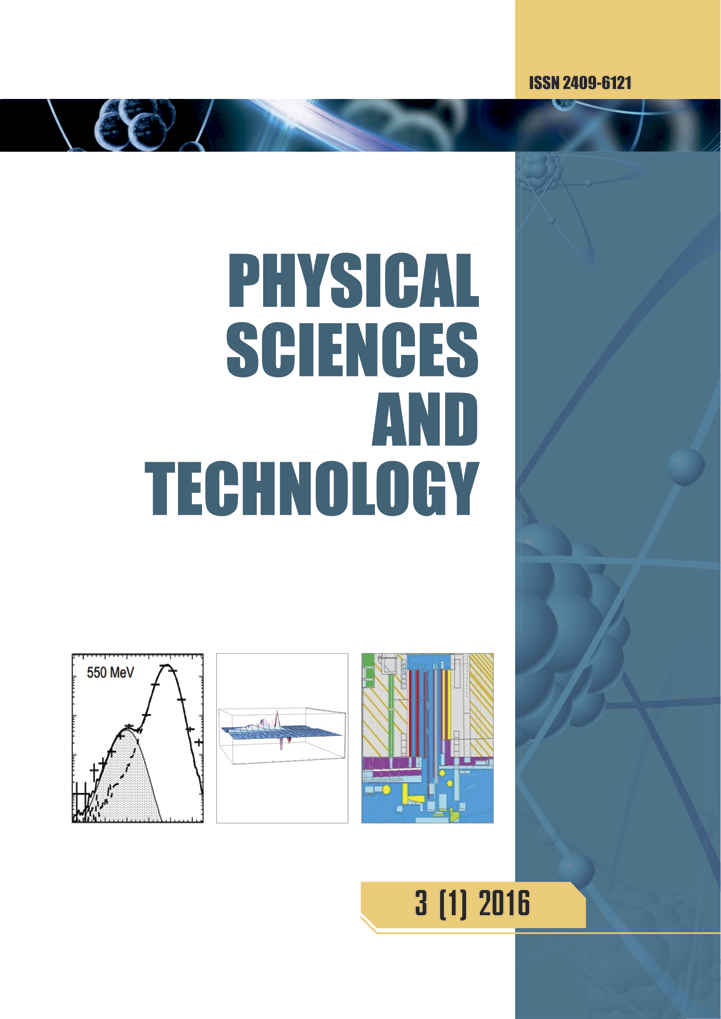Ion-beam formation of light-emitting structures based on silicon nitride layers on silicon
DOI:
https://doi.org/10.26577/phst-2018-2-155Abstract
The paper shows the advantage of silicon nitride for use as a light-emitting element in integrated circuits. Along
with this, the chosen methods for obtaining the studied samples enable us to determine all possible causes
responsible for radiative recombination. The effect of irradiation with Xe+ ions of 200 MeV in the dose range
109 – 1014 ions/cm2 on the optical properties and the structure of silicon enriched silicon nitride (SRN) films
deposited on the Si substrate by chemical vapor deposition under low pressure was studied. Based on the Raman
scattering (RS) data, it was concluded that the irradiation by 200 MeV Xe ions with a dose of 1×1014 ions/cm2
leads to the dissolution of the amorphous Si phase in the nitride matrix. According to the results of transmission
electron microscopy, preliminary irradiation with swift heavy ions (SHI) enhances the phase separation process
in the nitride layer with a 22% excess of Si during the subsequent annealing at 1100°C for 60 minutes. The SHI
irradiation, followed by the heat treatment, leads to a further increase in the intensity of the photoluminescence
(PL) in the spectral range 600–750 nm compared with that in case of annealed films without preliminary
irradiation. It is known that radiation in this spectral range is due to Si nanocrystals (Si NCs).





